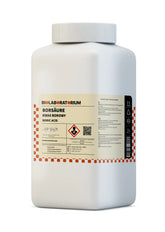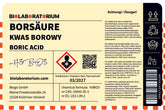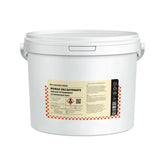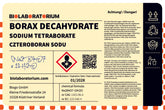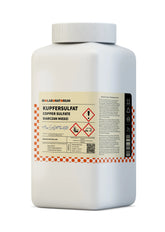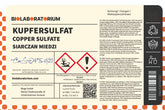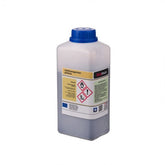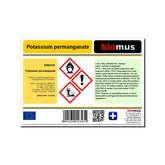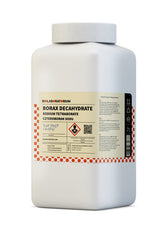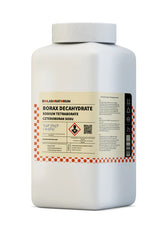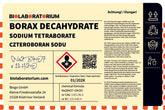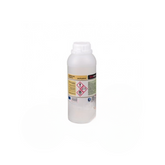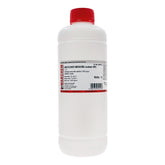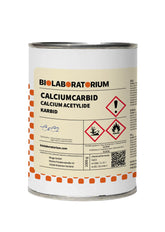Methylorange liquid: The versatile pH indicator for chemical laboratories
Methylorange liquid is a valuable component in every chemistry laboratory. As a pH indicator, it allows scientists to precisely determine the acidity or basicity of a solution. Moreover, Methylorange is used in a variety of applications – from titration to water analysis to quality control. In this article, we take a closer look at the properties, use, and handling of this important chemical reagent.
What is Methylorange?
Methylorange is an organic dye used as a pH indicator. It belongs to the group of azo compounds and has a characteristic orange-red color. The chemical name is Sodium-4-[(4-dimethylamino)phenyldiazenyl]benzenesulfonate.
In aqueous solutions, Methylorange reacts sensitively to pH. At acidic pH (below pH 3.1), the solution appears red; at neutral pH (pH 4.4), orange; and at basic pH (above pH 6.2), yellow. These color changes make Methylorange a valuable tool in chemical analysis.
Applications of Methylorange
pH Measurement and Titration
The main application of Methylorange is the determination of pH in aqueous solutions. By adding a few drops of Methylorange solution, the color change can be observed, allowing an estimate of the pH value. Additionally, Methylorange is used in titration to detect the endpoint of an acid-base reaction.
Water Analysis
Methylorange is excellent for water analysis. It can be used to determine the content of carbonates, bicarbonates, and hydroxides in water. Methylorange also plays an important role in drinking water treatment and monitoring.
Quality Control
In the chemical industry, Methylorange is used for quality control of various products. For example, it can be used to check the pH value of cleaning agents, cosmetics, or food.
Further Applications
Additionally, Methylorange is used in textile chemistry, dye manufacturing, and medicine. It is also a commonly used tool in teaching at schools and universities.
Properties and Handling of Methylorange
Methylorange is usually available as a powder or solution. The powder form is easy to store but must be protected from moisture. The liquid form is more convenient to use but requires more careful storage.
Chemically, Methylorange is stable, but it should be protected from direct sunlight, as UV light can fade the dye over time. High temperatures can also affect its properties.
Caution is required when handling Methylorange, as it is a hazardous substance. It is toxic if swallowed and can irritate the eyes and respiratory tract. Therefore, it is important to wear protective equipment such as lab coats, gloves, and safety goggles when handling it.
Conclusion
Methylorange is an indispensable tool in chemistry laboratories and is used in many areas. As a pH indicator, it enables precise measurements and titrations. Furthermore, Methylorange is an important component in water analysis, quality control, and education. With proper handling and storage, one can benefit from the advantages of this chemical reagent for a long time.

